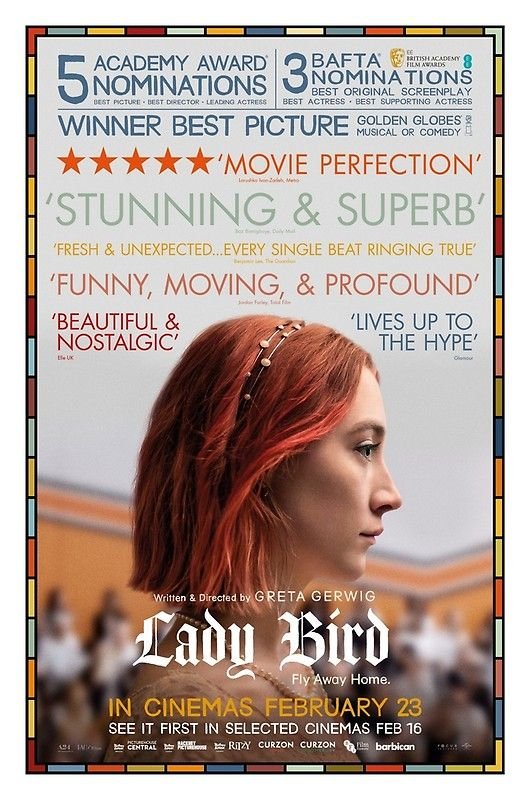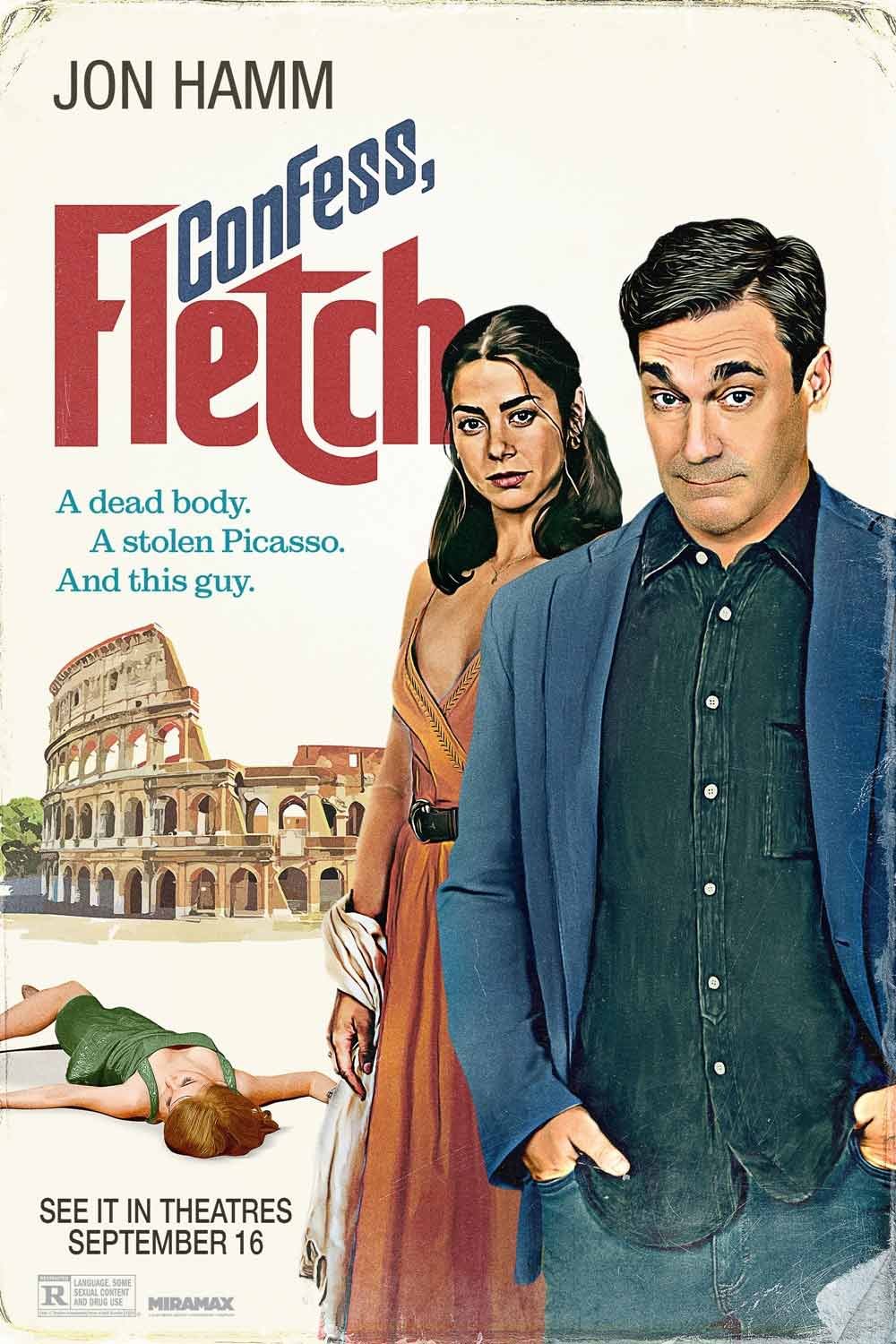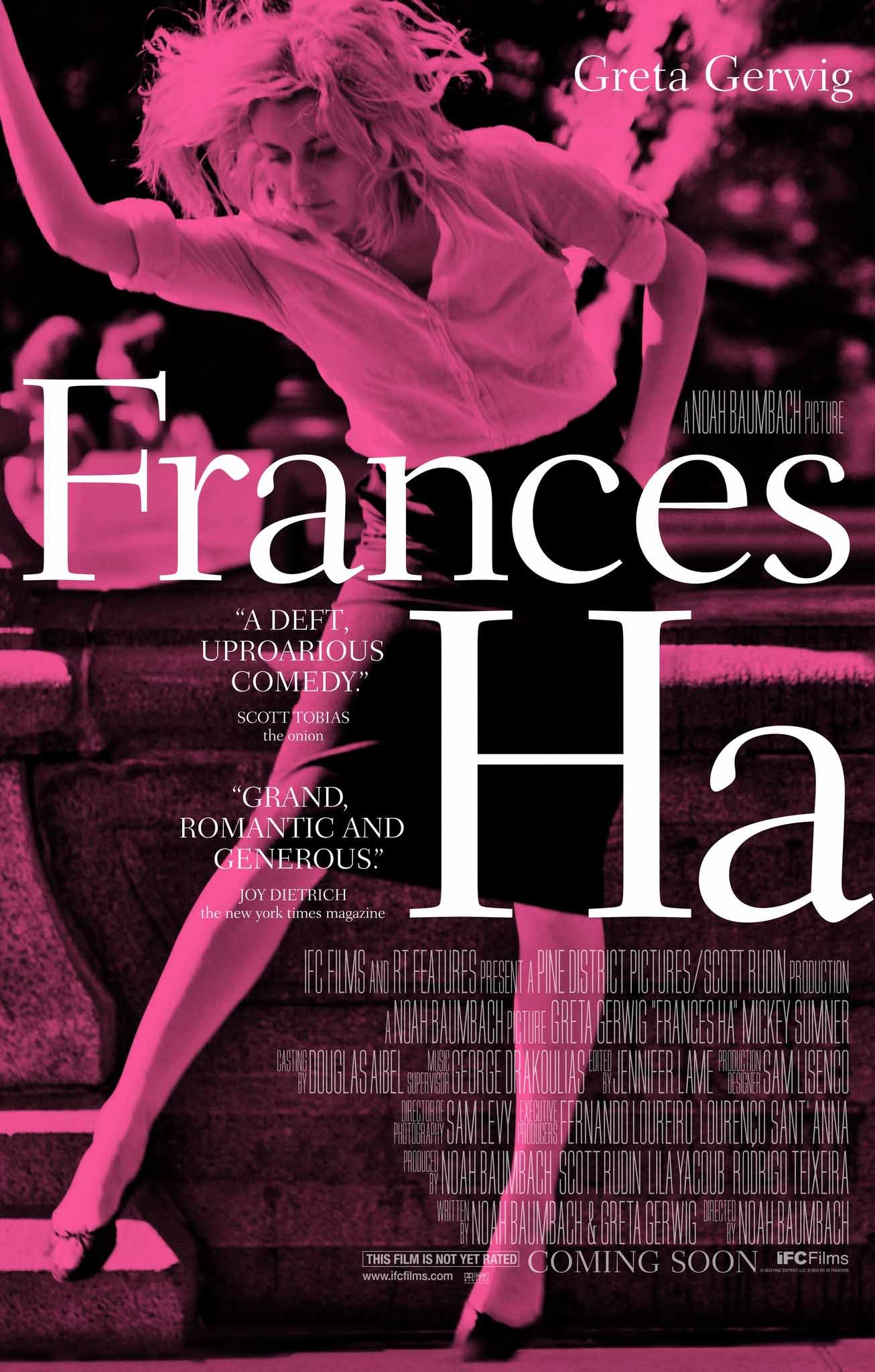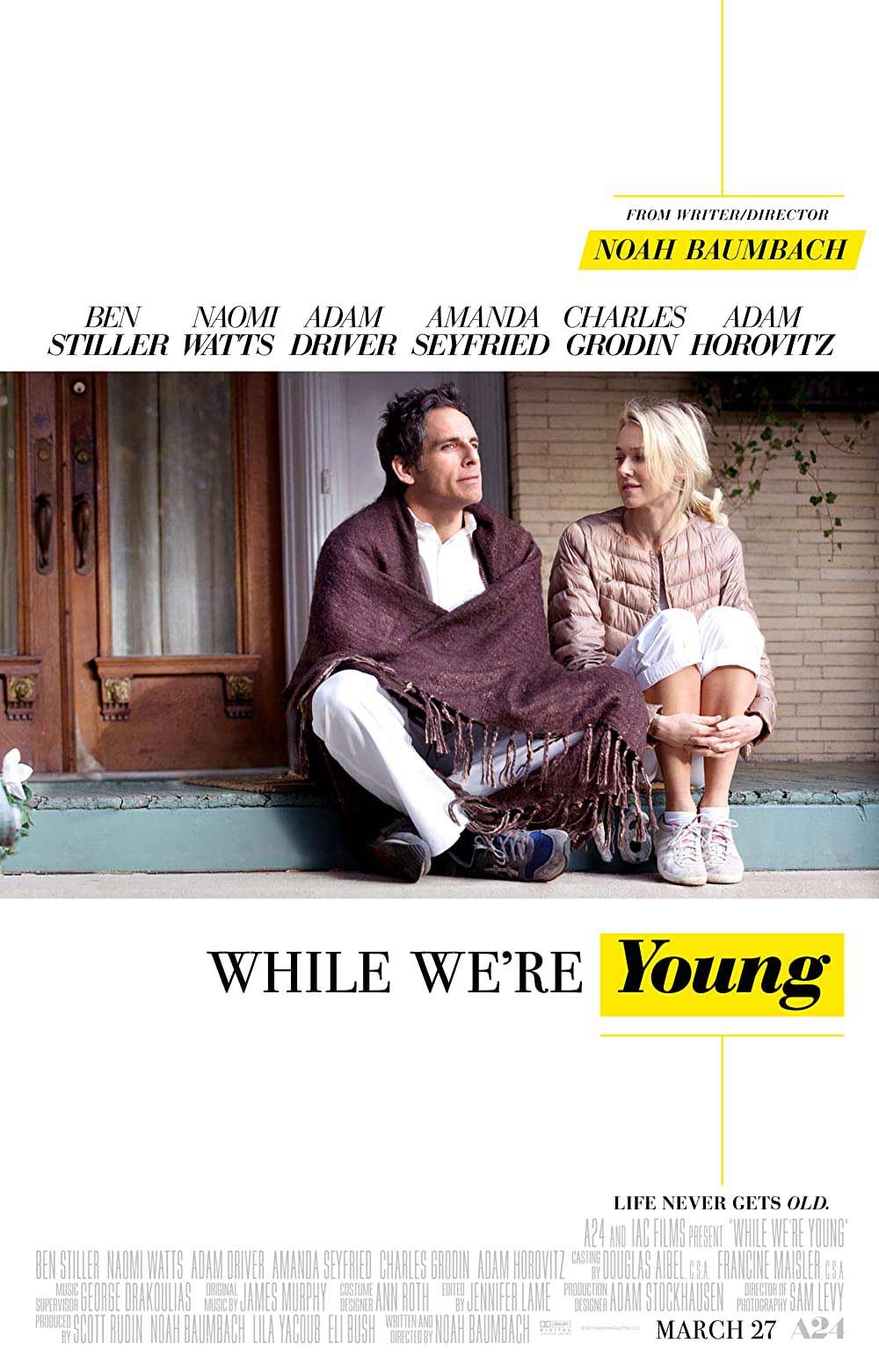Sam Levy studied film in Paris with French New Wave director Eric Rohmer and began his career as an apprentice to legendary cinematographer Harris Savides. Sam first gained recognition as a cinematographer when he photographed Wendy and Lucy for director Kelly Reichardt - voted “One of the Best 25 Films of the 21st Century” by The New York Times. He went on to shoot Frances Ha, Mistress America and While We’re Young for director Noah Baumbach, Changers and Frank Ocean's Blonded for Spike Jonze, Sermon on The Mount for Jerrod Carmichael, Maggie’s Plan for Rebecca Miller, and Green Porno for Isabella Rossellini. Sam also photographed Lady Bird for writer/director Greta Gerwig - nominated for 5 Academy Awards including Best Picture and winner of The Golden Globe for Best Picture. Mayday, a new film which Sam photographed, was also his debut as producer. It was written and directed by Karen Cinorre and stars Grace Van Patten, Mia Goth and Juliette Lewis. Mayday won Best Cinematography at The Raindance Film Festival in London. Other new films include the Emmy-winning Rothaniel for director Bo Burnham, Confess, Fletch for director Greg Mottola and She Came To Me for director Rebecca Miller. Sam has also shot music videos and commercials for directors such as Spike Jonze, Jonah Hill, Kanye West, Mark Romanek and Fredrik Bond among many others.
Don’t you think maybe they are the same thing? Love and attention.
–Lady Bird, written and directed by Greta Gerwig
THE CREATIVE PROCESS
I feel like this line from Lady Bird, it encapsulates something that I feel about your body of work.
SAM LEVY
Yeah, I really love that line in the script. It's an incredible script that Greta Gerwig wrote. It's not obvious, that sentiment that she says. I think that's why she has to point it out to the Lady Bird character, but I think if we're lucky in our lives, we can choose the path that we want to go down, whether it's something creative or in the arts or something else. And I think if you're lucky, you can spend your life or your career following something you really love or spending time following the path, whether it's a hobby or your career. And spending that time paying the attention that the craft or the hobby or the creative pursuit wants.
*
Every movie is different. Every story is different. We've been talking about Lady Bird, and Francis Ha. So we made Francis Ha first, and there's an interesting relationship between her and her best friend that is almost like a romance. It's not actually romantic, but the way the story is told, it's like two lovers, but they get into arguments and there's a lot of conflict. And then Ladybird, there's a lot of conflict between the mother and the daughter. And in some sense, I remember thinking, Well, I've made things before and with Greta where there's conflict and maybe there's some overlap here, but there wasn't. It's just every time you start from scratch, and you might think, Well, if we use a certain camera or if we use certain tools, maybe that will help. But that's really the last step. And then I think, you have to have a more, a sort of less practical approach in the initial discussions. You don't have to do anything. I'm just speaking from my own experience, but I find it helpful to speak with the director and all the collaborators on the project and just to have what I'd call a more dreamy conversation when you get together in a cafe or in the office and just talk through more emotional aspects of the story and not, Okay, this is like what we're going to do on day three. This is the schedule, and we have to go scout a location. There's these very earthly concerns that making a film requires, like how many people need to show up on certain days and what the budget is and things like that.
And you have to really leave all that stuff for later. All the stuff is important, just like in any creative process or business where there's a finite amount of resources. But I think what your question addresses, how do you show certain relationships? The fact is you just have to talk about them first and figure out what they are. Like I might read something on the page and think it represents one specific thing, like, well, they're having an argument here. They're very angry at each other. And then their anger grows and grows and grows until they stop talking to each other, and they don't see each other for a long time.
It's very finite, just like it's been in my own life when maybe that's happened to me, but in discussing it with collaborators notably the director, it might have nothing to do with my own experience. So it's really important to understand specifically what the emotional notes are of the story. And then, little by little, we just figure out the technique of like the brush strokes, if it were painting, or the notes, if it were music. In cinematography, it's a visual medium, so eventually, we're moving towards: What is in the frame or what isn't in the frame? And how will these frames transition to each other?
*
I studied for a year under Eric Rohmer at The University of Paris-Michelet, and his class was called Cinematography with Eric Rohmer, but we didn't shoot anything. We just watched films, mostly his films, and he would turn the sound off and just talk. It was fantastic.
And then we would write papers and discuss. And he talked a lot about his cinematographer Néstor Almendros who shot My Night at Maud's, Pauline at the Beach, Claire's Knee, most of his better-known films. And Rohmer was a very interesting person. He was a very ecologically-minded person at a time when it wasn't as mainstream as it is now to be concerned with climate change.
And he didn't own a telephone, and he was just was big on conserving, so he would just talk a lot about the need to rehearse, and he would famously only do one take of everything. And that's sort of a more practical or technical thing, but what was interesting was he would talk about the discussions about light with Néstor Almendros, his cinematographer. And he would very often show Gauguin paintings to Néstor, and they would discuss them, and Néstor didn't really like that because Gauguin paintings, if you look at them, there's no real discernible light source in those paintings. They're impressionist paintings that aren't about light. There's color composition and the colors tend to be very sort of uniform. And so Néstor didn't like that. He's like, "Well, this is interesting in terms of the wardrobe and the color of the room, but it has nothing to do with light. So where do we go from here? So that was really interesting since I'd never thought about light sources and paintings.
I think the big thing that I got from studying with Rohmer was just his movies are extremely dialogue-heavy, but they're very cinematic. And the way that he would talk about shooting scenes and n a film like My Night at Maud's, that's like largely in one apartment, dialogue spoken between two people, and how to shoot a story that's told through dialogue, but not have it feel like television.
And that came in handy later when I did meet Noah Baumbach and Greta Gerwig. Noah's a huge, huge Rohmer fan, so we talked about him a lot. And I think that helped me a lot to have confidence that if a film has a lot of dialogue, for it to feel cinematic and interesting, you don't just need many different angles for the scene to play well. You can kind of show some restraint and even have a scene unfold in one shot and be dynamic, even if people are talking a lot.
*
I think one of the things in Lady Bird that's interesting is she is incredibly vulnerable, especially in relationship to her mom, and then she starts to come out of her shell and becomes more and more empowered and less and less vulnerable, in a sense. And so how do you convey that on screen? And a lot of it is just wanting that sense to be there.
And so you just go along and find little subtle ways, like move the camera closer to someone, and then you have more of a sense of their vulnerability in that moment. And then the actor does a little bit as well. And how do you do these things to go along with what they're doing and with colors of clothing and how the wall is painted and things like that.
*
I was very lucky to have a wonderful mom who's an attorney. And growing up, my mom worked very long hours, and my father was a musician who did most of the cooking. And I think just having a strong mother with a career and a very distinctive point of view has something to do with all of this. Like I'm looking for my mom in some of these projects. Someone who really shaped my worldview. That her relationship with her friends or possibly with her mom, and I think it just feels very familiar and fun. I was lucky to have a great relationship with my mom, who is all of those things, and who also would feel very guilty working long hours. And I always loved that. I loved that it was my dad who would cook, and my mom had this interesting career, and still does."
*
I've always thought that filmmaking rhymes with classical music, the process of making classical music that I observed as a child. When I discovered filmmaking, I thought these things, they're very similar. They rhyme with each other. I hope this doesn't sound pretentious, but what operating a camera does resemble the physicality of conducting an orchestra.
My favorite conductor that I ever got to see was Seiji Ozawa, who was the musical director of the Boston Symphony and the Tokyo Symphony. But he was my father's orchestra was the Boston Symphony, and he was musical director for 35 years or something like that. And this was like, he was like a dancer, really beautiful, elegant movements.
And I watched him rehearse and perform for so many hours when I was a child. And I think subconsciously as a camera operator, that it informed my sensibility, and maybe if I'm able to pull off like an elegant, smooth camera move, like on Noah Baumbach's Mistress America movie we did a lot of big flourishy movements all in one shot. And I think Seiji was a huge influence on me in terms of movement. And even if, Confess, Fletch, I didn't operate the camera, but I had an amazing operator named Julian Delacruz. And just being able to communicate like what the movement should be and just speak that language, I think getting to watch Seiji as a kid really helped that for me."
*
And a big part of my job is helping to anticipate the editorial process. So that means to me, the biggest way I can participate in that is to help to look at how everything transitions from one scene to the next or from one shot to the next, but a big transitional consideration is between different scenes. So one scene ends and the next begins, and how do they find each other?
And in regards to music, my father was a violinist in the Boston Symphony and I grew up around classical music and spent a lot of time backstage. I was in a certain proximity to my father's orchestra playing on Stephen Spielberg's and Clint Eastwood's soundtracks, and I grew up playing the cello.
And just having music in my background and being around a lot of musicians, I can have a lot of sympathy for what a professional musician is and what that way of life is. And the thing I learned being around very intense classical musicians - I was around Yo-Yo Ma and Leonard Bernstein and Itzhak Perlman when I was a little kid - and I could just see the way these people thrive and create other worldly works of art is by an intense amount of passion and dedication and hard work. And I can always recognize that when people have a hint of that same sensibility and greatness, it's like I can spot it right away or I can hear it. And I think, just if I'm lucky enough to get to talk to a composer on a movie, which I usually don't because it happens much later, but in the case of something like Mayday, which I produced, I got to talk a lot to Colin Stetson and Caroline Shaw. I think musicians always appreciate if someone really understands what their life is like, how difficult it is, and how it's not just these beautiful sounds that you hear.
It's a really difficult way of life, and they get hungry and tired but still persist in creating these great sounds. So I think to create great cinematography is to be able to hold in your mind and in your sensibility that these images need to flow together with the editorial process and the sound design and the music, and how can these fit together and help become this transcendent thing.
*
I could tell you that the cinematographer who probably inspired me to become a cinematographer is Gordon Willis, who shot all the Godfather movies, Annie Hall, Manhattan, All the President's Men, and Klute. And the reason I was inspired by those films is because they're significantly darker. The lighting is a lot darker, and there's just fewer shots. The blocking is impeccable. And they're very distinctive, and I'd never seen anything like that, and I've watched them many, many times.
THE CREATIVE PROCESS
If I can draw a line of similarity with some of the characters that you've put on screen, it's these flawed characters, some of them like in Confess, Fletch, they're kind of adult adolescents. Or in Lady Bird, adolescent adults. They're kind of stumbling or they're holding onto their dream. Do you ask yourself, why are these stories brought to you? Or what are you able to bring to these stories that the directors trust you with them?
LEVY
I do ask myself that sometimes. I think these things, They kind of find me more than I necessarily find them. My theory, I don't know for sure, is probably that for whatever reason, I did get to study with Rohmer, and then when I met Noah Baumbach, who was really taken with the work of Eric Rohmer, the fact that I had studied with him really was of interest to him. And our relationship kind of blossomed as a result of that. And then from shooting Noah's films, you could say those with a similar sensibility to his were interested talking to me about shooting their films.
I would say just speaking personally, I can relate to feeling flawed in that way or just feeling like an adolescent, as we all make our way through life. I'll just speak for myself. I feel like the same person I was when I was 12, and I think that's kind of what a lot of these characters have in common.
And definitely the Fletch character from the new film which was a lot of fun to work on. The Fletch character is very, I wouldn't liken myself to Jon Hamm, who's this very handsome worldly guy who is very well-read. That's not what I'm saying...I think in a way freelance filmmaking, it feels like it unfolds in front of you. Certainly, the greatest power is to say you don't want to work on something if the sensibility isn't there, or if you don't like the script or the filmmakers who are calling. I think I've been very fortunate to get to work on some of these films.
*
My favorite thing that the cinematographer Harris Savides said to me was, "There's nothing elegant about making a movie." He said a lot of great things that I love, like "A movie is a moving train, and it's just constantly moving. You can't stop the train." It's going to keep going until the schedule is over. He really stressed the need for something great to be done very simply. He was really a master at that. In my career as a camera assistant working for other cinematographers, I worked for a lot of great, great cinematographers, but what made him stand out was he had a really incredible technical prowess. He was very well-researched, and he really understood the foundational elements of cinematography, which in its way cinematography is this infinite craft. There are many different directions you can go on. It's the kind of thing, to me you can spend a whole lifetime learning about cinematography. There are always infinite things to learn.
This interview was conducted by Mia Funk and River Zhang with the participation of collaborating universities and students. Associate Interviews Producer on this episode was River Zhang. Digital Media Coordinators are Jacob A. Preisler and Megan Hegenbarth.
Mia Funk is an artist, interviewer and founder of The Creative Process & One Planet Podcast (Conversations about Climate Change & Environmental Solutions).



















































































